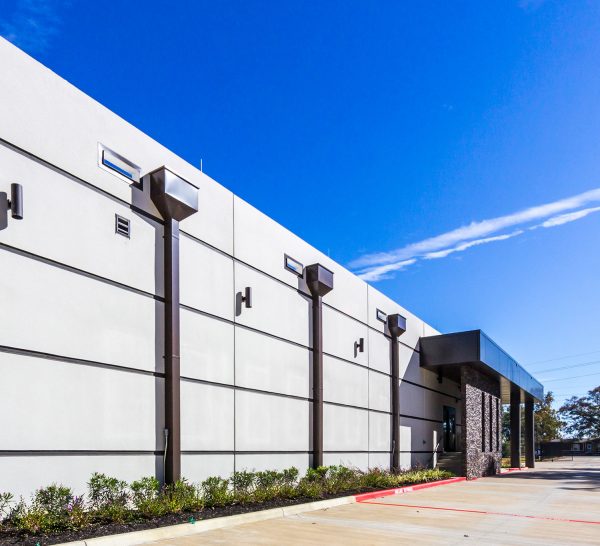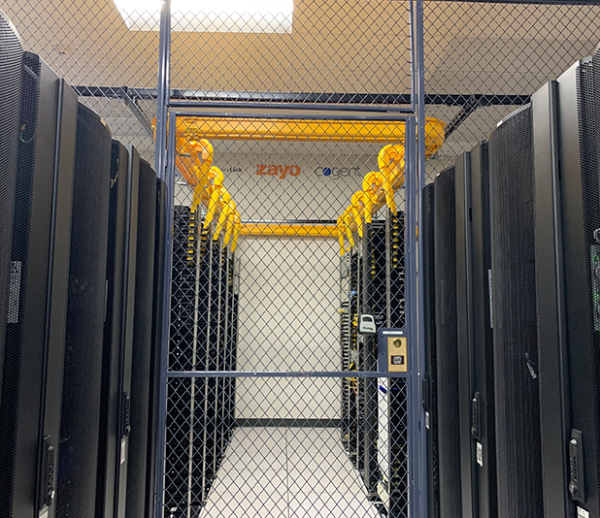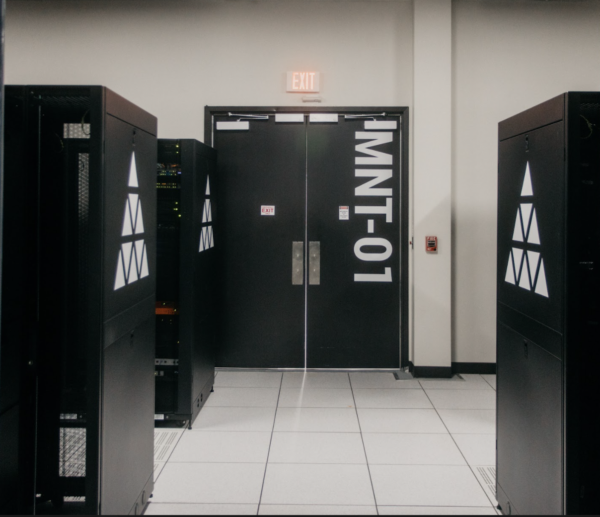Many companies routinely oversize their bandwidth. The logic makes sense on the surface—buy more than you need, just in case. But like with power, the result is waste. You end up paying monthly for capacity you never touch.
That’s avoidable. You can calculate exactly what you need by understanding how bandwidth works, how your environment uses it, and applying a simple process grounded in actual usage—not guesses.
What Bandwidth Actually Measures
What is bandwidth? Bandwidth isn’t speed. It’s capacity. It refers to how much data can move across a connection in a given period. If you exceed it, performance degrades.
It’s measured in bits per second—usually Mbps or Gbps. For calculations, converting to bytes per second is more accurate. Divide by eight. A 1 Gbps circuit gives you 125,000,000 Bps of usable throughput. That’s the upper limit.
There are two traffic directions to consider: ingress (inbound) and egress (outbound). Both count toward your total.
Don’t Plan for the Peak
Many teams base their bandwidth requirements on peak usage. That’s the wrong starting point. Peaks are temporary. What matters more is your sustained throughput during normal operations.
Sizing for peak traffic locks you into a higher-cost service tier, even though most of your traffic stays well below that threshold. If you do need to accommodate peak periods, you can still build in buffer room—but that’s not the same as overprovisioning.
Start with the Workloads
The best place to start is your application behavior. What are you running, and how does it use the network?
Workloads vary. A database replication process will consume bandwidth differently than video conferencing or daily file backups. Email and web traffic might be lightweight, while system imaging, logging, or real-time analytics can add heavy load.
You can’t size bandwidth just by counting users. A group of 200 light users might consume less than a single backup job running every hour.
Measure Real Traffic Usage
To get a real baseline, you need to monitor traffic. Use a network analyzer to track throughput from a test workstation or server during typical activity.
Here’s how:
- Set up a test with your key application
- Start a packet capture
- Track total bytes sent and received over a fixed time (for example, 10 seconds)
- Divide total bytes by seconds to get bytes per second
Repeat this across several systems and time windows. You’ll start to see a pattern. Use those numbers to estimate average usage per user or per service.
Then multiply by the expected number of concurrent users. That gives you a realistic idea of what your sustained bandwidth demand looks like.
A Practical Example for Reference
Say your monitoring shows a key application pushes 200,000 Bps during active use. If 300 users are expected to run that application at the same time, you’re looking at:
200,000 Bps × 300 = 60,000,000 Bps
That’s 60 MBps, or roughly 480 Mbps.
Even with overhead, that’s well within the limits of a 1 Gbps circuit. The rest of your environment—email, web browsing, minor file transfers—will sit on top of that. If those services add another 100 Mbps, your total stays under 600 Mbps during peak.
That’s solid data to base a purchase decision on. And you didn’t have to guess.
Include Backup and Secondary Traffic
Many teams overlook the impact of scheduled tasks like backups, file sync, or log transfers. These often run during off-hours, but if they overlap with production windows, they add to total load.
If backup jobs run hourly or replication traffic is constant, factor that in. These services often consume high bandwidth for short periods. If they overlap with peak production usage, they can push you closer to the limit.
Also consider maintenance events. System imaging, patching, and large file transfers can all create spikes if not scheduled carefully.
Redundancy Doesn’t Mean Double the Cost
Redundancy is critical, but it doesn’t mean you need to provision twice as much bandwidth. If you’re running dual circuits, only one will carry traffic under normal conditions—unless you’ve specifically built an active-active environment.
In most setups, the secondary link only needs enough capacity to handle the load during a failover event. You don’t need to match the full primary circuit.
Be realistic about how your failover architecture works, and size accordingly.
Know How Your Internet is Being Billed
Most providers in colocation environments bill based on 95th percentile usage. That means they measure your traffic every five minutes and discard the top 5% of those samples. The remaining highest value becomes your billable rate.
It’s a good model if your traffic has occasional spikes—it prevents one-off events from inflating your invoice. But if your usage is consistently high, those values will still define your cost.
Watch your 95th percentile number. That’s the one that matters when negotiating upgrades or contract renewals.
Get Visibility and Keep Watching
Monitoring is not optional. You need real-time data to understand what’s happening in your environment—and historical trends to plan for growth.
Make sure you have access to bandwidth graphs and traffic analytics from your ISP, firewall, or monitoring tool. Review them monthly. Look for unexpected increases, consistent patterns, or opportunities to reduce usage by shifting workloads to off-hours.
Bandwidth is dynamic. Your needs will change. What you calculate today might not hold six months from now. But if you keep watching, you can adjust before it costs you.
Stop Overpaying for Capacity You Don’t Use
Bandwidth isn’t a one-time decision. It’s a managed resource. You don’t have to guess. You don’t have to buy based on fear. And you don’t have to stick with what you’ve got just because it’s already installed.
Start with the real numbers. Measure usage. Understand your workload behavior. Factor in concurrency, backup traffic, and service windows. Choose a bandwidth tier that supports your current needs with room to grow.
Reassess often. Traffic patterns shift. Applications change. Your bandwidth should scale when it needs to—not before.
At TRG Datacenters, we help customers right-size their environments every day. Bandwidth is one of the most overlooked parts of the colocation equation. It shouldn’t be. Get it right, and you save money every month without sacrificing performance.
Looking for managed Colo?
Our Colo+ service is an evolution in the data center experience







